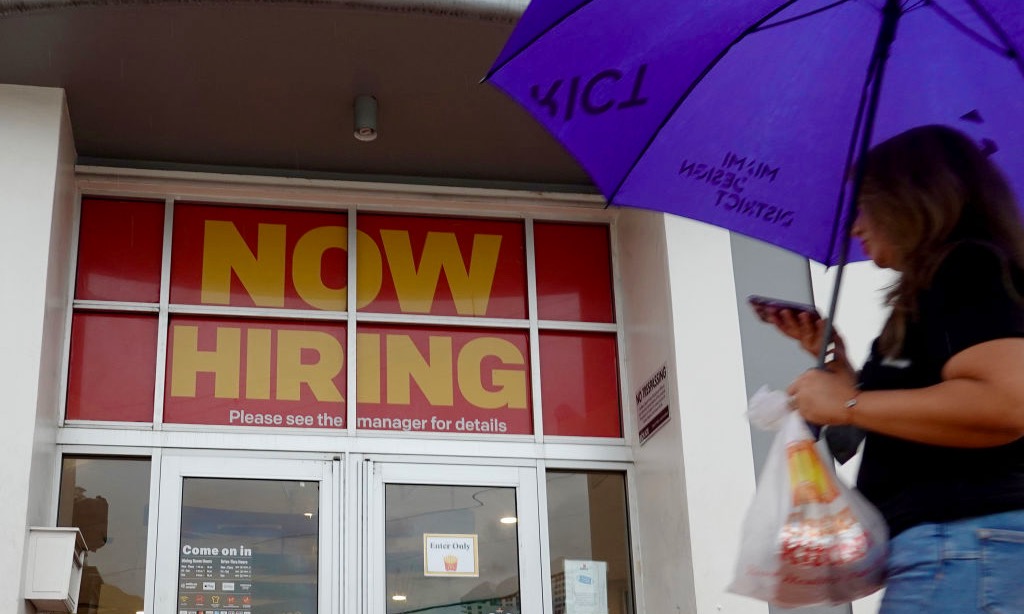Employers Investing in the ‘S’ in ESG Should Consider These Five Elements

Much ink has been spilled on the Great Resignation and what it all means. People are leaving their jobs at record levels, and with the degree of job openings and wage growth, there’s far less risk in doing so than there used to be. Both business and finance leaders are taking note. Businesses are reassessing their jobs strategies, and investors asking about those strategies, and expecting far more thoughtful and detailed answers than in years prior. This growth has coincided with a rapidly intensifying interest in the “S” of the ESG, with people across the market working to define and benchmark what it means to invest in the social aspect of a business, from jobs to supplier issues.
Yet there hasn’t been much focus on how to approach this moment from an individual perspective, either as a worker or as a manager. In speaking to a friend recently who’s struggling with her own job, and wondering if she should leave, I shared the emerging consensus around the framework of a good job to help her measure her own satisfaction. As a manager myself who’s had employees leave, I’ve used this grouping to assess what I’m doing well and where I need to improve.
In an environment where we’re all worried about turnover, this framework is useful to start breaking down where an organization may be coming up short. So what are the dimensions? It’s usually four or five elements, including:
- Financial security
- Physical and psychological safety
- Fair treatment including diversity, equity and inclusion (DEI) and empowerment
- Opportunity and growth
- Purpose or meaning
If we imagine this framework as a pyramid, financial security is at the bottom. Without financial security, every other dimension of a good job goes away. This is both intuitive and oddly an area of under examination. To put it plainly, imagine someone loves their job but their wages and compensation don’t cover their rent, food, childcare, and transportation. If they find a job that pays $1 more an hour across town, they have no choice but to take it.
And this isn’t a small number of people. According to our past research, half of employees working at the thousand largest publicly-traded companies in the US aren’t making a living wage. And according to a recent survey, more than half of Americans can’t afford a $1,000 emergency. I will say it again and again: Every employer should be assessing their compensation package and their approach to providing hours and work schedules to understand if their workers are making ends meet every month. If they’re not, employers will have issues with productivity, retention, absenteeism, and more.
Safety is another area that has reemerged in recent years as a critical focus. A hundred years ago we were talking about basic safety – protection against fire, the air we breathe in the workplace, and more. Today we’re still focused on those things, the pandemic reminded us why they’re so important, but we’re also focused on psychological safety. Are you able to speak up? Can you offer ideas? Will you be heard? According to a recent poll, the top reason people planned to quit was because they want better working conditions.
Fair treatment is fundamental. People must feel like they’re treated fairly and appreciated with regard to their race, ethnicity, gender, age, and disability, and where they sit in the organization. Is there an acknowledgement of the value and insights that workers at every level bring to the organization? Is there a commitment and constant evaluation of equity within the organization, including tracking and releasing demographic numbers, ensuring senior leadership represents the demographic makeup of the organization, and with clear mechanisms in place for reporting and assessing non-equitable environments. Is everyone respected and able to speak up the way that senior leadership is?
Opportunity and growth is why people stay. They need to have access to training, and to see their growth path at the organization. If that path isn’t there – and only 39% of U.S. workers in a recent poll say they receive the training and development they want – people eventually have to seek that growth elsewhere. And again, growth isn’t limited to white collar workers, but includes wage growth through better jobs, too.
Purpose is a term that’s thrown around a lot, and I historically have found it overemphasized when the first four elements aren’t satisfied. But it’s important for a couple of reasons. One of the things that JUST Capital hears from polling is that companies need to take action on the issues that align with their values. Do employees know what those values are? Do they feel like they’re connected to what the company is aspiring to do in the world? This is the underlying question – do people see their work as contributing to the broader mission of the organization and their own personal mission?
As Arvind Krishna, CEO at IBM, said on CNBC recently, “At the end of the day, you have to be competitive on wages, you have to be competitive on benefits, you have to give people a career path they enjoy – and they have to believe in the company, that the work they’re doing is serious and benefits society.”
Gallup is out with a new poll that shows U.S. employee engagement is at its lowest in a decade, with just 34% of workers saying they’re engaged in their work and workplace. Disengaged workers cost the economy between $450 and $550 billion per year, in addition to the cost for individual businesses. The cost of turnover is estimated around one third of each workers’ earnings. And companies who prioritize their workforces outperform their peers in the market.
As investors, workers, and managers make more concrete asks around “S” strategies, this framework is one way for employers to better advance and align business strategy with this growing focus. Unless companies address these elements, and then adopt them as a business strategy, they will see worse business outcomes including decreased productivity and lower retention. And, most importantly, an investment in workers unlocks the value that an engaged, experienced workforce provides.
To learn more about how your company can implement this framework, reach out to our corporate engagement team. For more on how to assess workers’ financial security, explore resources from The Worker Financial Wellness Initiative and get in touch on how your company can join leaders like Chipotle, Prudential, Verizon, and more.






